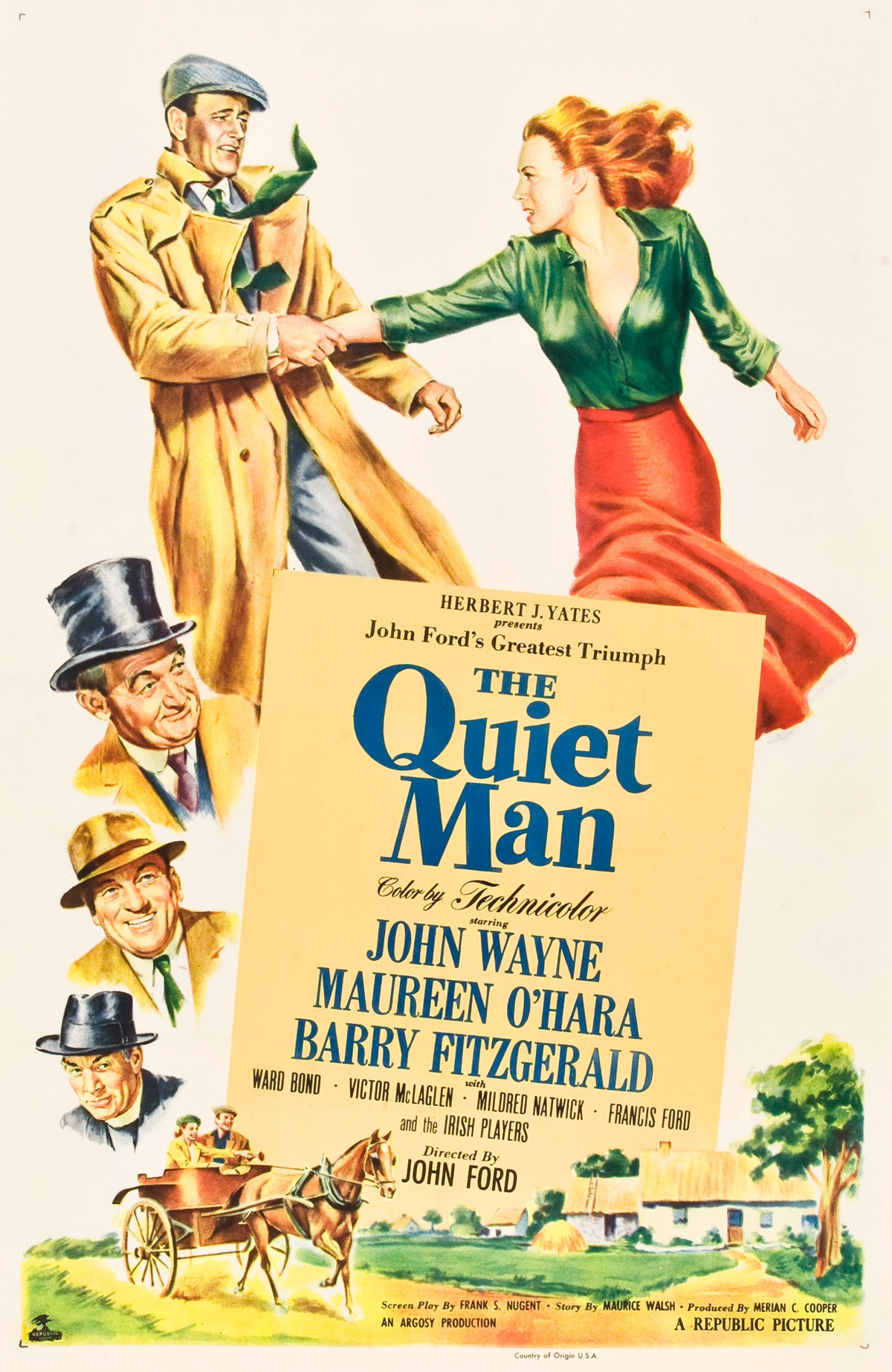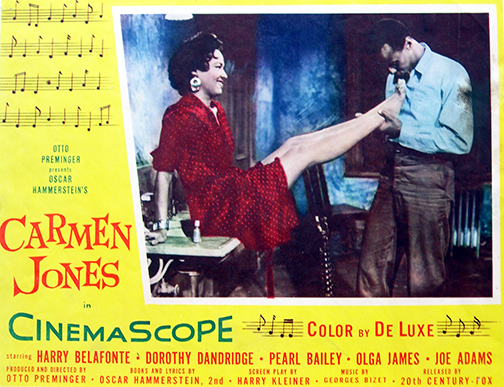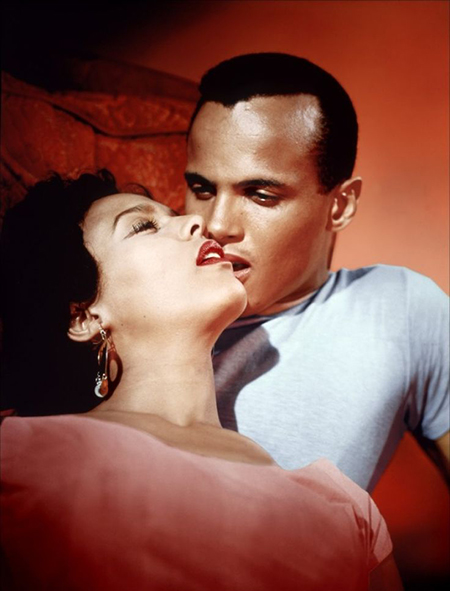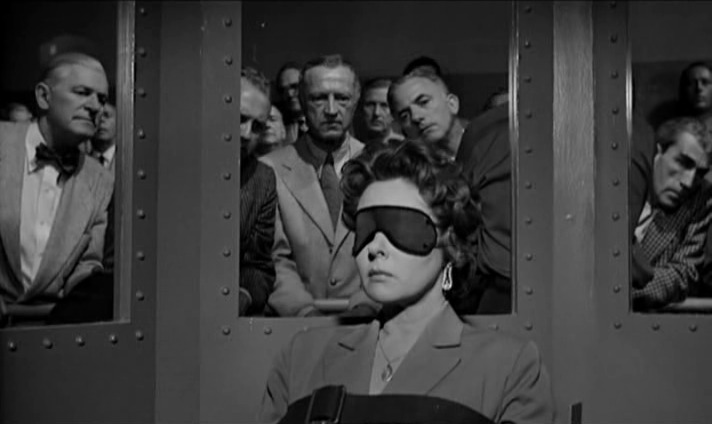100 Days 'Til Oscar. A Short Clean Sweep
 Friday, November 14, 2014 at 8:00AM
Friday, November 14, 2014 at 8:00AM We're all used to the Oscar ceremony drawing monotonous "it's too long!" complaints. Yours truly doesn't share that view. Hell, if they wanted to do 9-hour broadcasts and include all the honoraries again and give more attention to the craft categories, and never skimp on any of the four category clip reels for the actors, I'd gladly watch each additional minute. But the super long Oscar ceremony is actually not a historic consistency. The earliest Oscars were short banquets and once they started televising them in the 50s the lengths varied.
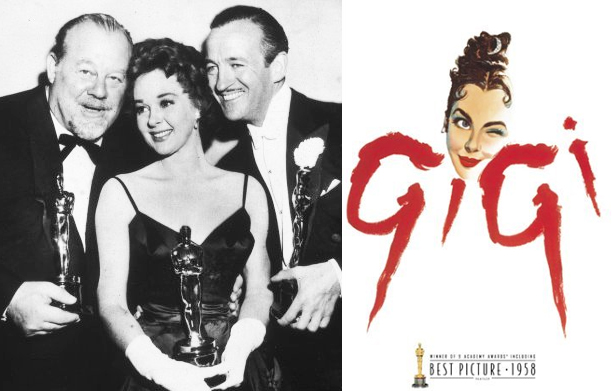 Gigi made a clean sweep with 9 Oscars but with no acting nominations. Burl Ives (The Big Country), Susan Hayward (I Want To Live!), and David Niven and Wendy Hiller (not pictured) from Separate Tables won the acting Oscars.
Gigi made a clean sweep with 9 Oscars but with no acting nominations. Burl Ives (The Big Country), Susan Hayward (I Want To Live!), and David Niven and Wendy Hiller (not pictured) from Separate Tables won the acting Oscars.
The shortest of all televised ceremonies was the 1958 Oscars, broadcast live on April 6th, '59. It was only 100 minutes long. Can you imagine it?
Of course if you're just going to hand all the statues to something as dull as Gigi, which made a clean sweep with 9 wins from 9 nominations PLUS an Honorary Oscar for Maurice Chevalier, you'd best do it quickly you know? Fun fact: If you started watching Gigi as its Oscar ceremony began you'd still have 15 minutes of the movie left when the Oscars wrapped.
Gigi gets a bad wrap but it wasn't a terribly competitive film year and at least it wasn't quite the worst of the nominees. The other nominees were Auntie Mame, The Defiant Ones, Cat on a Hot Tin Roof, and (ugh) Separate Tables. I suspect the dread sixth 'just-missed' slot belonged to Robert Wise's I Want to Live! which received 6 nominations and a long awaited win for Susan Hayward. Which would you have voted for?
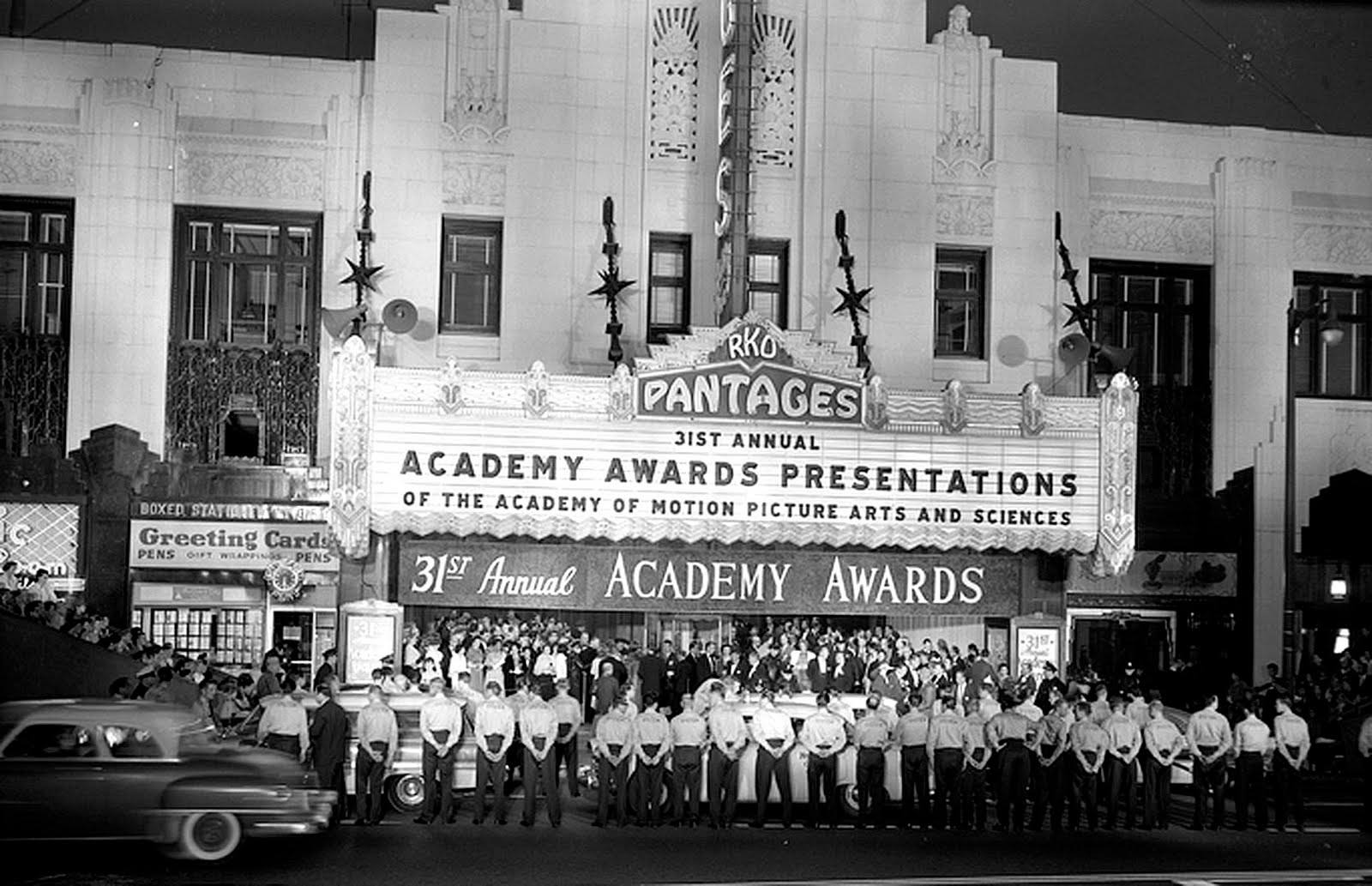
And no write in votes for the actual best movie of 1958, Alfred Hitchcock's Vertigo which got a measly two nominations and no gold. I suspect it was nowhere near a Best Pic nomination given the initial chilly response from audiences, critics, and the Academy.
 Gigi,
Gigi,  I Want To Live!,
I Want To Live!,  Oscar Trivia,
Oscar Trivia,  Oscars (50s),
Oscars (50s),  Vertigo
Vertigo 



